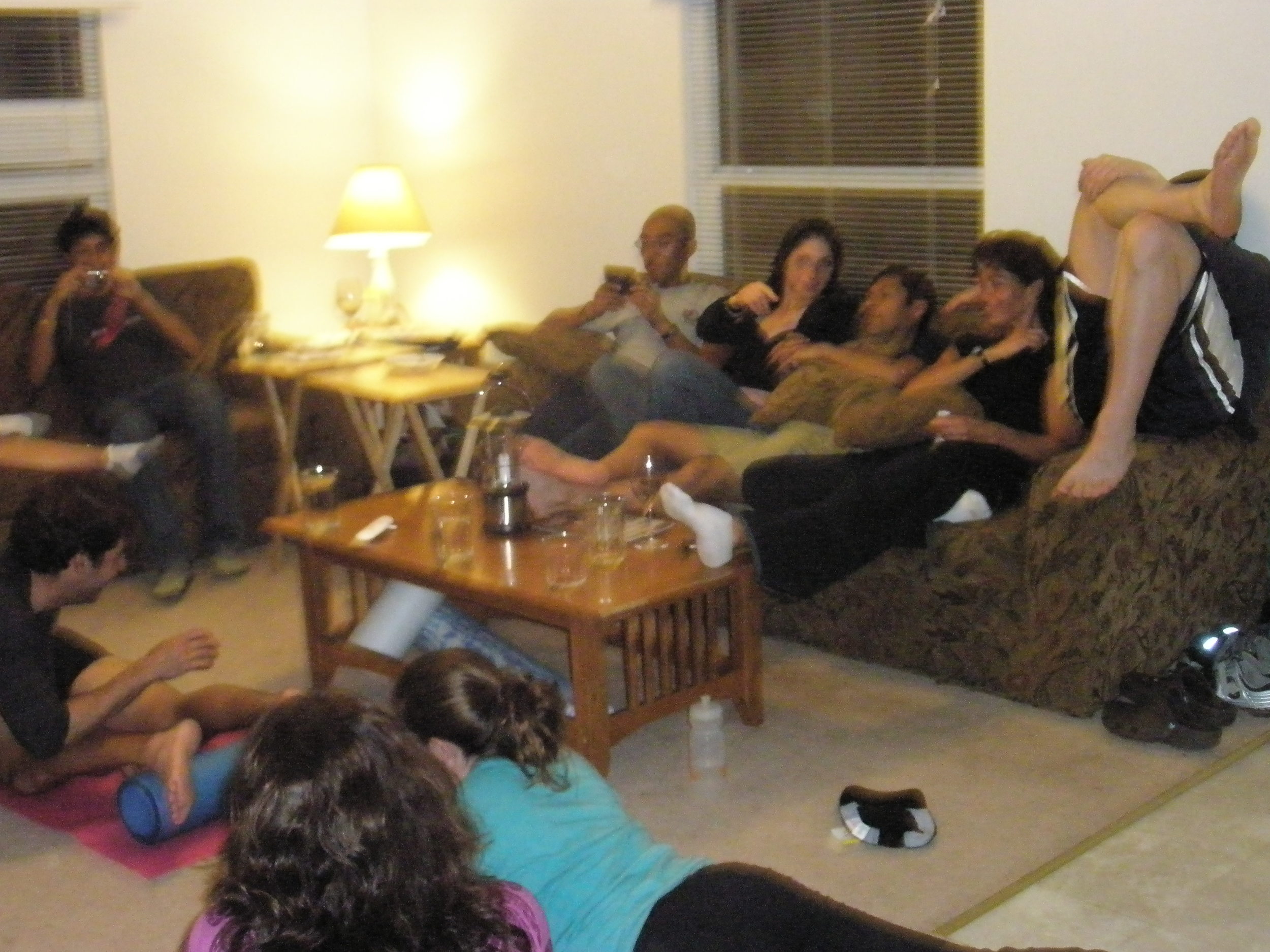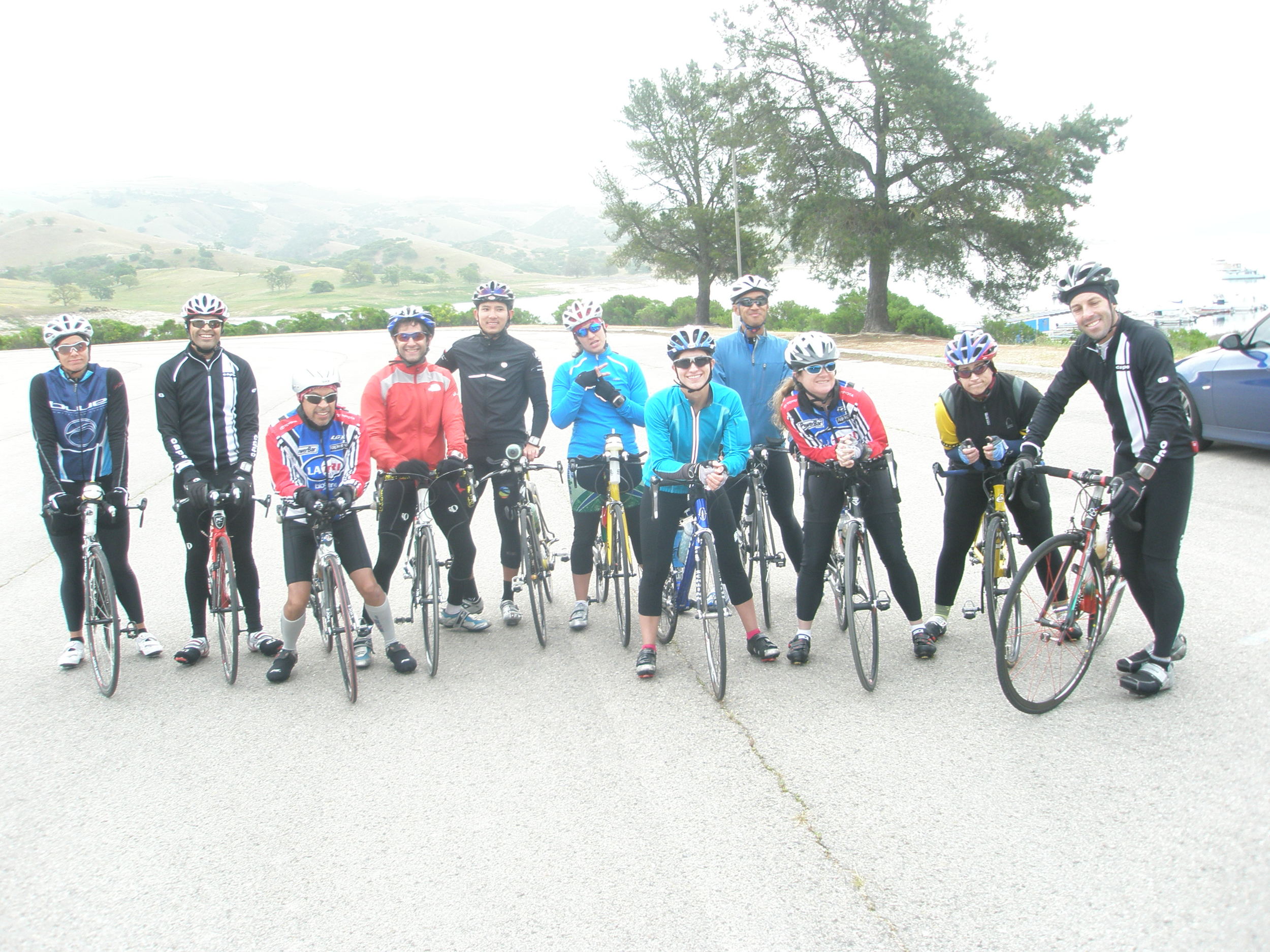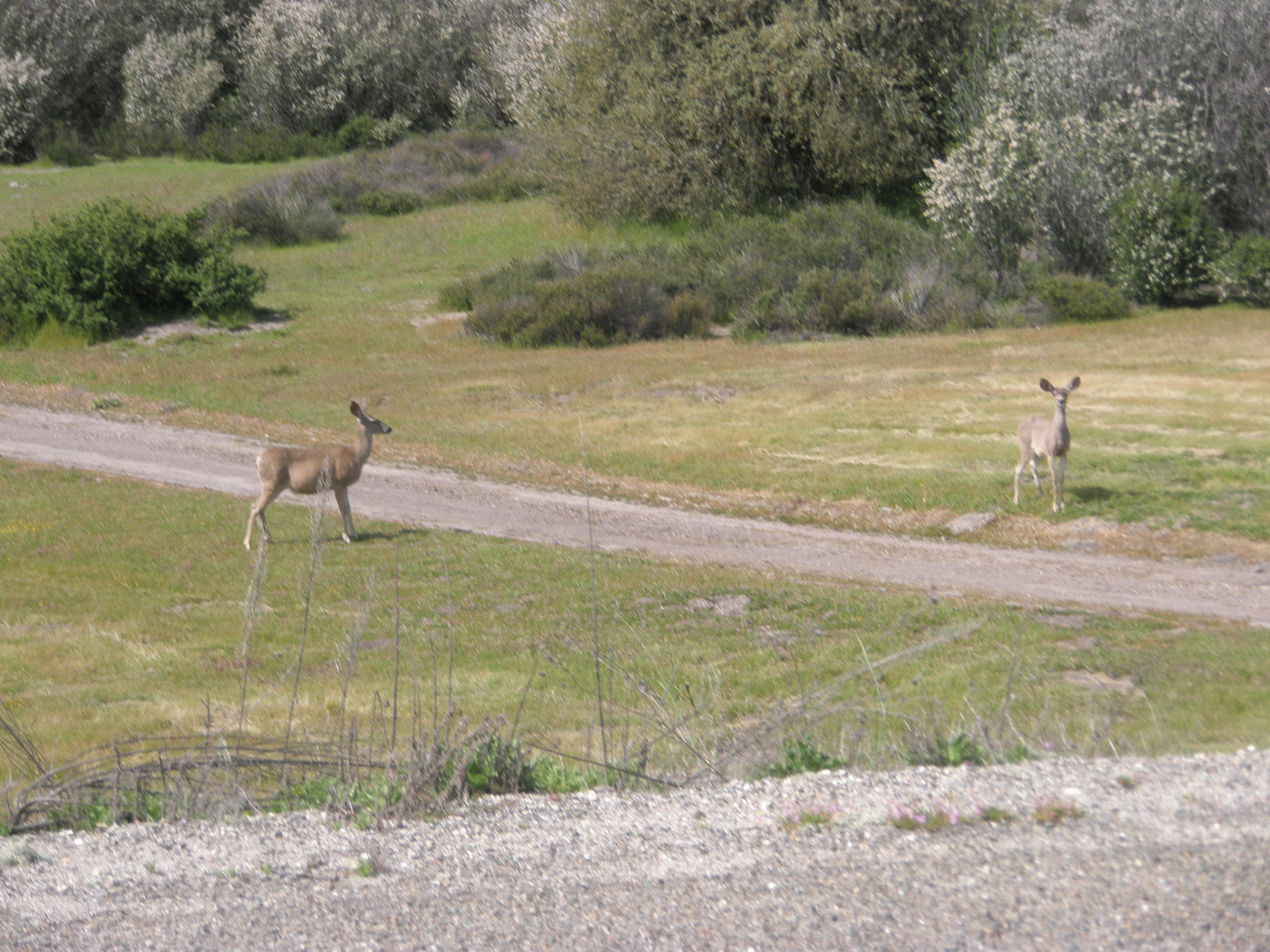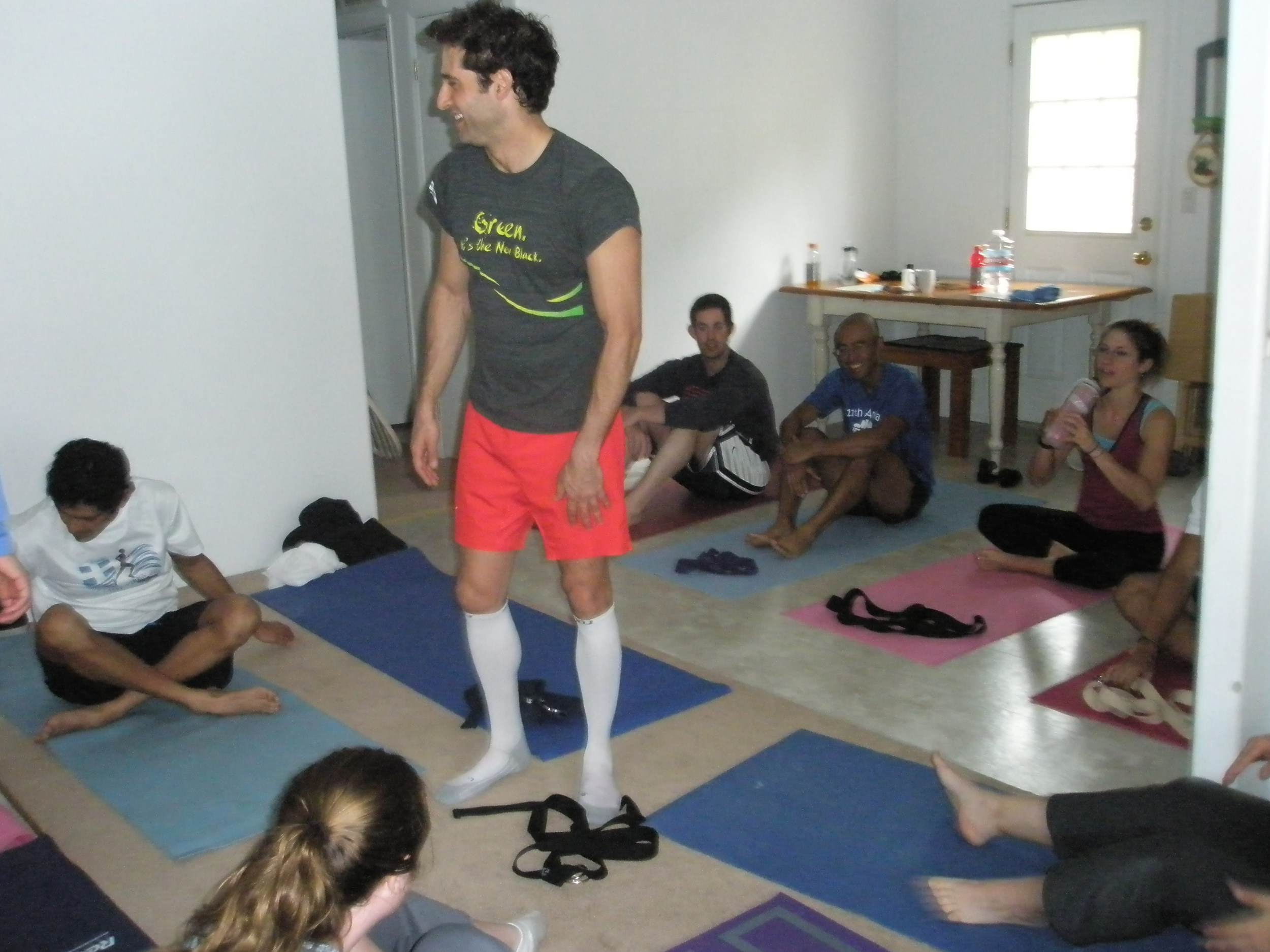Wildflower Preview
/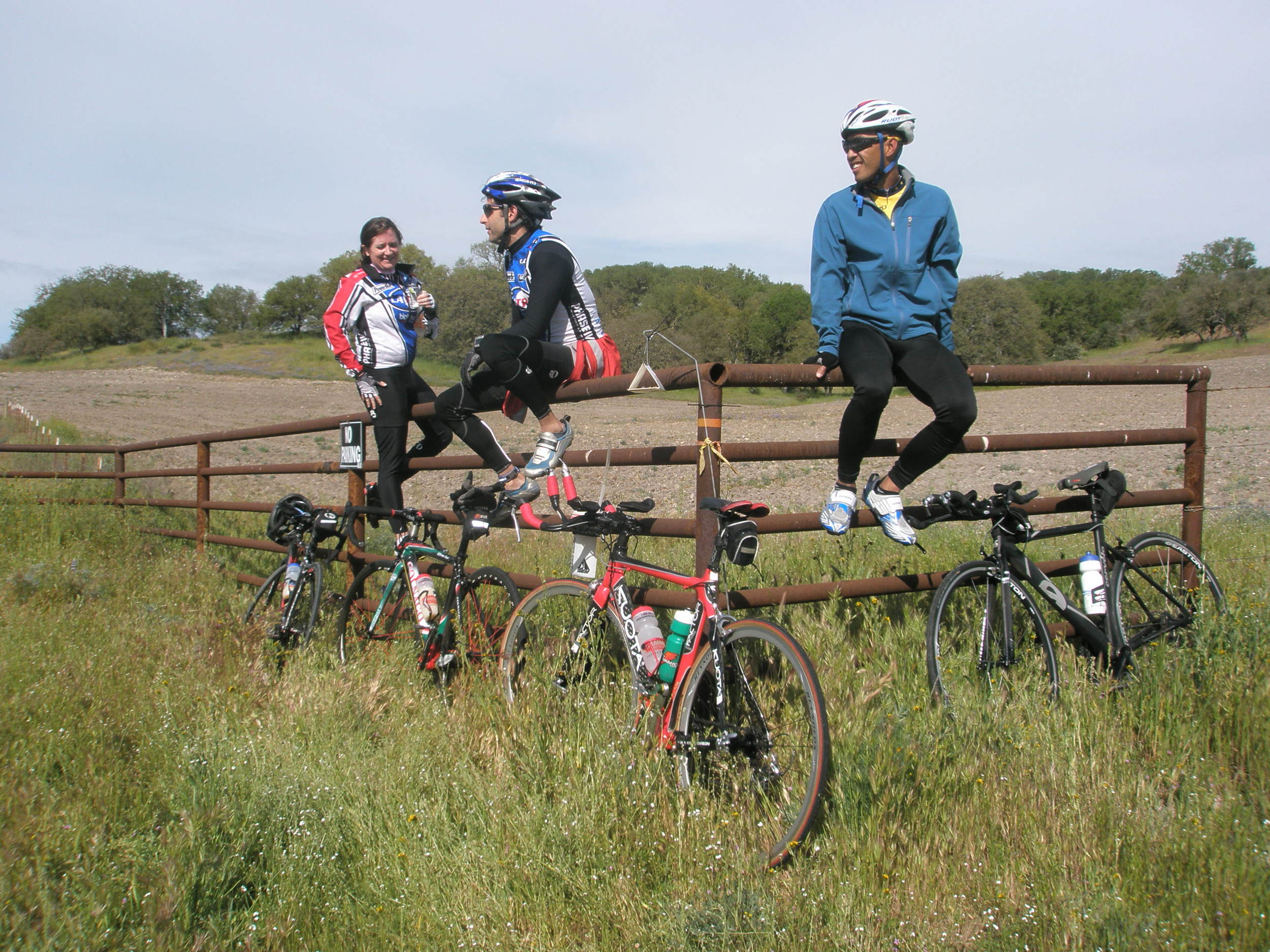 It's been two days since I returned from a Fortius Coaching training weekend at Lake San Antonio, site of the famed and fabled Wildflower triathlon.
It's been two days since I returned from a Fortius Coaching training weekend at Lake San Antonio, site of the famed and fabled Wildflower triathlon.
I'm still trying to find the right words to describe my experience there.
I've only completed eight triathlons. But Wildflower is poised to be the grand-daddy of them all -- the Rose Bowl of triathlons. The scenery -- picture flowing Texas prairies interspersed with creeks and mountains in the distance -- challenging course routes and abundant wildlife combine to offer an experience that almost makes you forget you're pushing your body to its physical limit.
Almost.
While I could spend hours writing about the relationships I either formed or strengthened with Fortius teammates, I'm going to focus instead on the course itself. It deserves its own tribute, after all. I also promised my friends who haven't been to Wildflower that I'd share what I learned. Selfishly speaking though, I want the images of the myriad hills burned in my head on race day. I'm going to need that kind of recall.
Wildflower has a reputation for being the second-hardest triathlon course in America. After swimming in the lake's chilly, murky water, biking both the Olympic and long course routes and running the Olympic course, I can't imagine how difficult our nation's hardest triathlon course would be.
I'll start with the swim. The good news is that the water temperature should rise a few degrees by May 1. The bad news (for me) was that this weekend's water temperature was in the mid-high 50s. But that's not going to be the tough part of the swim.
That honor would be reserved for running up an approximately 100-yard concrete boat ramp from the swim exit to the bike transition area. I can think of few things as fun as just emerging from the water, cold, slightly dizzy and drenched, only to look up at about a 3-5% grade separating you from your bike.
Coach Gerardo suggested not running up the ramp but taking a bit of extra time to settle the heart rate. An especially wise decision considering the first few miles of the Wildflower Olympic course (which I'm registered for) are a climb up and out of the main park area. The grade reaches about 8-9% as I recall, so it's important to start the bike ride A) in the low gear coming from T1 and B) with as low of a heart-rate as possible. There are mostly gentle rollers from Interlake Road onward to the turnaround point, though a few big hills loom towards the latter part of the first 12-13 miles.
According to Gerardo and our training weekend cycling coach, Derek, one of the other big keys to a successful Wildflower bike ride is conserving enough energy on the first half of the ride to achieve a negative split time on the second half. This is made a little easier as more of the return ride is downhill. However, don't be fooled...there are a few big hills, especially around mile 15 (if I recall correctly) and the second-to-last portion of the course -- as you re-enter the park. Make sure you have enough energy for a strong finishing kick. You'll need it, but you'll be rewarded with a steep, fairly aggressive descent -- the same hill you battled to get out of the park will suck you right back in for the run. If you're feeling fatigued take your time rolling down that hill. That's how accidents happen. Trust me, I've been there in the past.
Side Note 1: For those of you doing the Wildflower long course, I salute you. I rode the long bike course but didn't have the pleasure of running the long course. That was fine by me. The long course bike ride is actually a lot of fun, if you pace yourself. I rode it in a fairly leisurely 3:52, but am glad I did. Best advice: Save yourself for mile 41, a long (potentially painful) hill known simply as "Nasty Grade." Need I say more? Remember there's a follow-up climb to Nasty Grade, and once you start the descent from both, you can begin to drop the hammer if you have enough energy left to do so. But again, as you'll see below, leave room for the run!
Ah yes, the run. If you've completed the Firecracker 10k in Chinatown, you fondly recall the first three miles of the race are a spiraling uphill to the top of Dodger Stadium.
The Wildflower 10k course is tougher, to the tune of about 4.75 miles of climbing before you get a real break.
The good (and bad) news is that unlike the Firecracker, you'll see what's in front of you for most of the uphills. Maybe it's best that you don't see it? For me, I kept my head down and focused on what was in front of me, which was hard considering all the wildlife and vegetation that were seemingly cheering (mocking?) me along the way.
Side note 2: The deer at Lake San Antonio went to the New York School of Pigeon Behavioral Sciences. They are unafraid of humans, will essentially pose for pictures and don't get squirrely unless you approach within 10-12 feet. Which, by the way, is a bad idea on general principle. Deer look harmless but will totally ruin your day. Or so I've heard. Not something I want to test out, especially because they travel in groups at the lake.
Back to the run. If you have trail-running shoes, you may want to bring them. A good portion of the 10k run is on dirt -- a welcome reprieve from the concrete. During the final mile, you'll head back to the pavement to run down the steep embankment you biked previously. This will wreak havoc on your quad muscles but you probably won't feel it until after the race, given the euphoric feeling of completing one of the country's toughest triathlon challenges.
Although I didn't go all-out on the Olympic-distance bike or run, based on my practices I'm guessing it will take me about 3:09-3:15 to finish the entire course, not including transition times. I'm budgeting about 35 minutes for the swim (though I'd love to be faster!), 1:40 on the bike and if all goes well, about a 54-minute run. I ran almost immediately following biking the Olympic course so this seems pretty reasonable.
By comparison, I am capable of swimming about a 30-minute mile with a current, 1:10 or possibly less on a 25-mile bike ride and around 50 minutes or slightly less for a triathlon 10k run. My past Olympic-distance triathlons have ranged from 2:44 to 3:00 (my first Olympic tri). You can see my budget for this race will be a lot more conservative.
In the end though, the best part of the camp wasn't the preparation or the knowledge of the course. By far, it was trading stories, insights and one-liners with my Fortius teammates. Picture going to sleep-away camp but for triathletes. And with much better food. It was the ultimate weekend getaway for the obsessed weekend warrior athlete: eat, sleep, train, stretch, repeat. No cell phones. No internet access. Just Triathlete magazine, good company, fantastic scenery, and challenging training.
Aside from having my fiance by my side, what more could an Iron Mad Man ask for?
I returned from Lake San Antonio completely physically and mentally rejuvenated for Ironman training. I've got the Newport Beach triathlon this Sunday, but my mind is totally locked into May 1-2. Wildflower. Oh, it's on baby.
233 days and counting.

